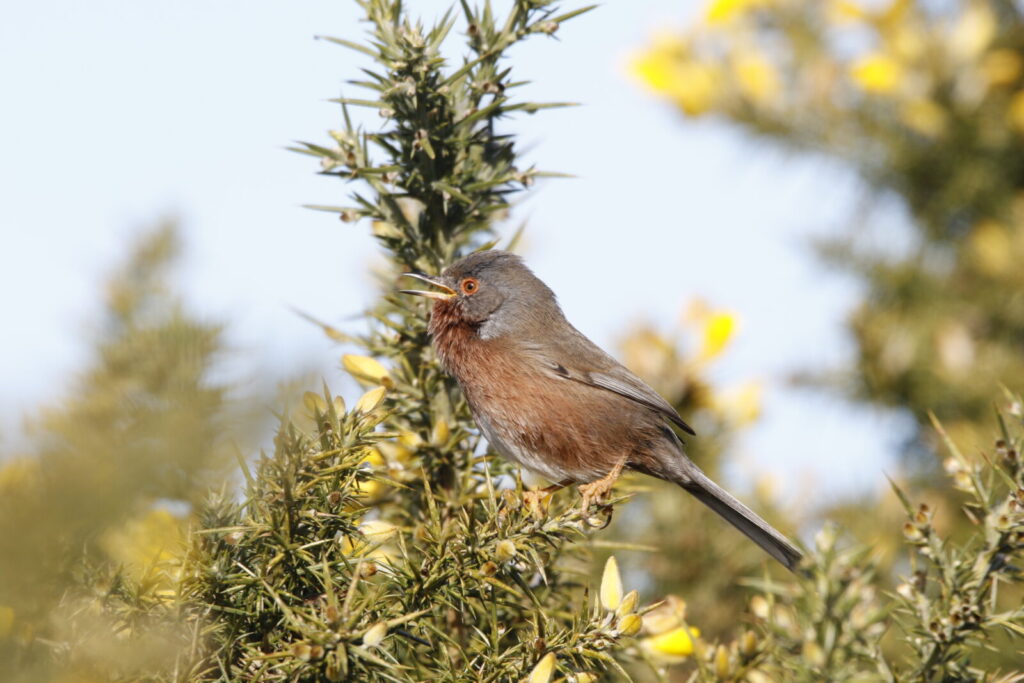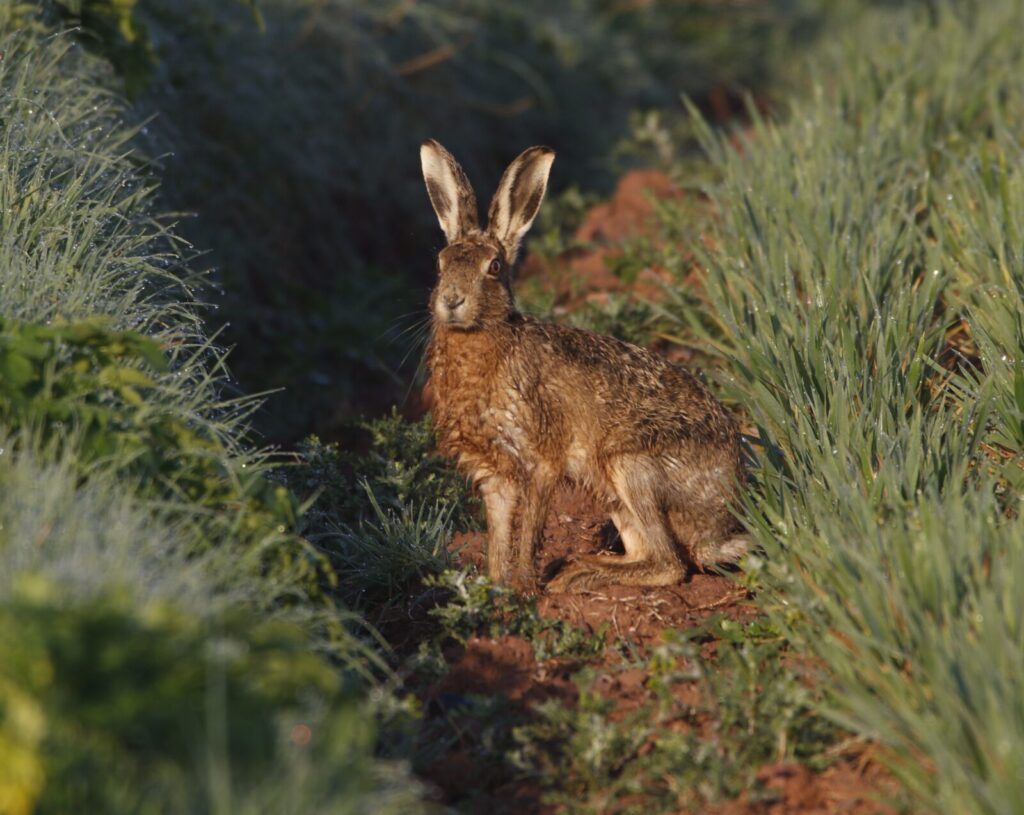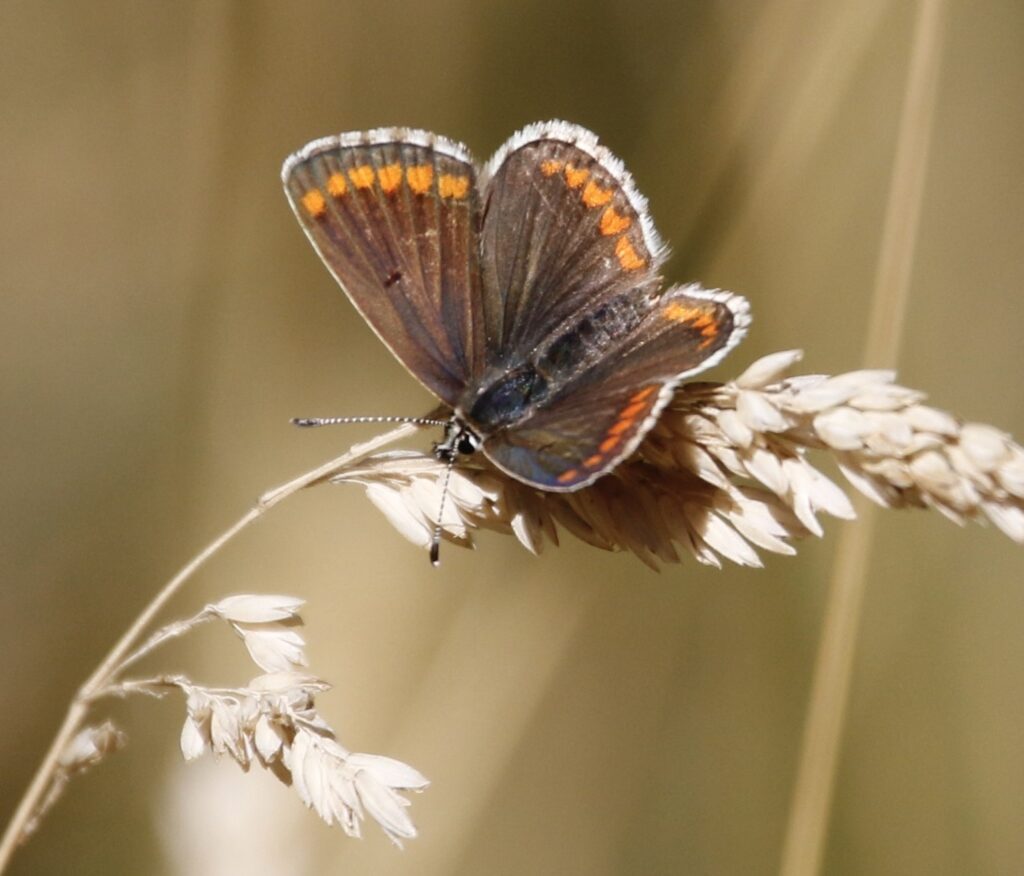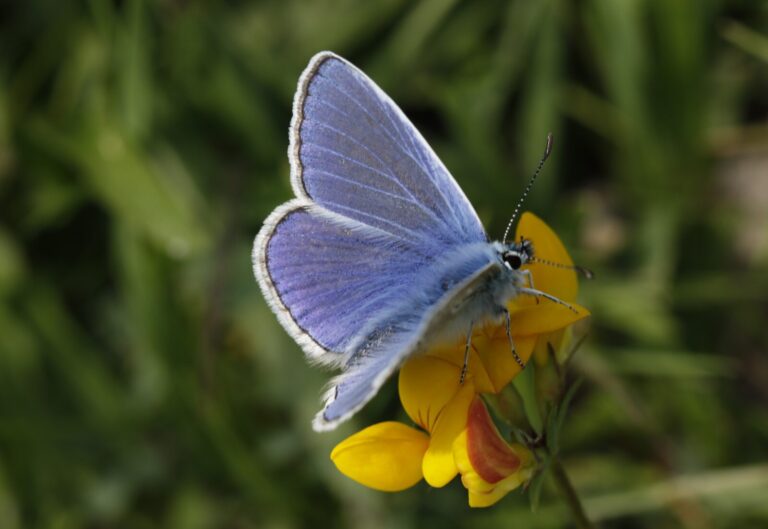Citizen Science projects are a great way of helping our wildlife here on the Quantocks, as well as contributing to important national data collections.
Here are just a few of the projects happening now and over the summer months, that you can get involved with.
Nightjars, Woodlarks and Dartford Warblers

The British Trust for Ornithology is asking for help with their Heathland Bird Survey, from now until the end of July.
The previous population estimates made for Woodlark, Nightjar and Dartford Warbler are now almost 20 years old, based on data from surveys undertaken at a time when all three species had undergone a substantial increase in both population size and range. Both Woodlark and Dartford Warbler were at their most northerly recorded UK breeding range extents, while Nightjar was regaining ground in northern England and even into Scotland.
BTO urgently need updated population estimates to assess how breeding numbers and range for each of these species have changed throughout the UK and Channel Islands. They also need to know how birds are faring on the network of protected heathland sites that support the majority of the populations of these specialist species.
Find out more here – www.bto.org/get-involved/volunteer/projects/heathland-birds-survey
The Somerset Big Count
Somerset Wildlife Trust’s Big Count happens between the 16th and 25th June.

The Somerset Environmental Records Centre (SERC) has over 3 million species records, but the majority are about protected or rare species. There’s a gap in our knowledge about how the more “common” species are doing on a wider scale across the county. Experts alone would struggle to collect as much of that data as they need. That’s where citizen science projects like The Big Count come in!
Using the iNaturalist app, SWT would like you to look out for and record 11 specific species this year, including slow worms, spiders, red fox, hare, gold finch, bird’s-foot trefoil and several butterflies.
Download a guide here – www.somersetwildlife.org/big-count-2025
Bugs Matter
Insects underpin our natural world and their numbers can help us to better understand what’s happening in our environment.
To help measure the diversity and numbers of our insect populations, Buglife has introduced an app to photograph the number of “splatted” insects on your car number plate to work out which species are doing well, and which aren’t. You start by cleaning your front number plate before embarking on a journey, then recording the number of insects caught on it. Monitoring takes place up until 30th September.
More info here – www.buglife.org.uk/get-involved/surveys/bugs-matter/
The Big Butterfly Count
Butterfly Conservation’s Big Butterfly Count 2025 happens between 18th July and 10th August.

Counting butterflies can be described as taking the pulse of nature and Butterfly Conservation depends on citizen science volunteers, like you, to help assess how much help nature needs. The data from this and other counts will also help identify important trends in species that will assist in planning how to protect butterflies from extinction, as well as understanding the effect of climate change on wildlife.
Join in here – www.butterfly-conservation.org/events/the-big-butterfly-count-2025
Keeping it local…
Don’t forget that Friends of the Quantocks runs several wildlife surveys locally that you can get involved in through the year. From counting the adder population as it emerges from hibernation, to mapping mature elm trees and looking for the Hairstreak butterflies that live in them, there are plenty of ways to offer practical help to wildlife on the Quantocks.
You can also help fund us to do more surveys and to undertake important conservation projects by becoming a Friend of the Quantocks
